Marking Tools [Sumikake-dougu]
A moment
A moment
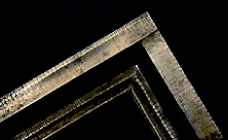
Write the song shaku and read it as sashigane, Kanejak, Magarigane, etc. A tool with a scale engraved on an L-shaped right-angle Ruler. The long L-shaped long side is called a long hand (long branch), the short side is called a wife hand (short branch), and when the long hand is vertical, the wife hand is on the right side and the other side is called the back. The front is engraved with a normal scale (front), and the back is engraved with a scale of √2 times the front and a scale (round eyes) divided by a circumference.
In addition, although it is not used for practical use, some scales that divide one shaku and two inches into eight equal parts are engraved with the letters "Good, illness, separation, righteousness, government, ki, harm, good" (mon shaku, Luteshaku).
The curved scale is a tool used when measuring the length and angle of the object using these scales and shapes, and inking the members. It is said that the carpenter was treated with respect because it was an indispensable tool for work, and he was immediately shouted if he had stepped on the site.
In the past, it was made of iron or brass, but stainless steel appeared in the early Showa era. Some brass products are made with triangular steel at right angles to prevent right angles from mading (with square iron).
The width of the curved shaku is usually 5 minutes (15 mm) and the thickness is about 6 (2 mm), which is elastic in the longitudinal direction. The scale is basically a scale, and due to the enforcement of the metric method, it temporarily became a centimeter, but due to the relaxation of the law, it is now possible to use the previous scale of the shaku method again .
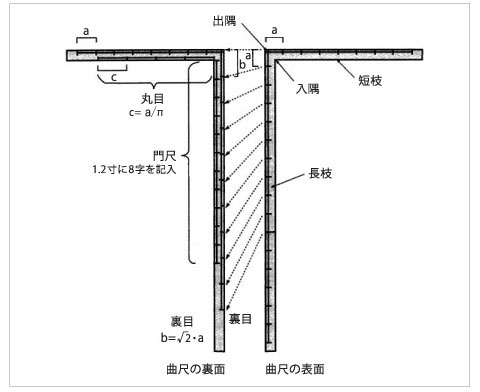
Names of each part of the song
It is slightly shorter and thicker than the curvature. Some of them have the same scale as the curved scale, and are mainly used to examine right angles. They are made of iron, made of Shinyari, stainless steel, etc.
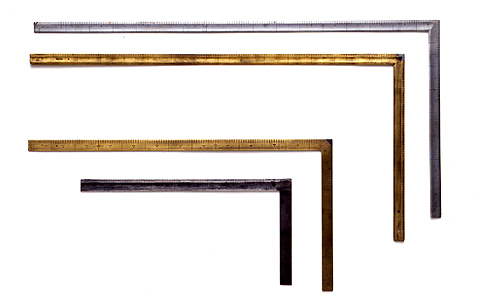
The upper two points, the lower two points, the lower two points.
At the upper end of the slightly thick wife's hand, one end of the long hand is missing and glued to make a right angle, and stopped with wood or bamboo nails. It is mainly used to check the right angle of small items. There are wooden and metal, and some are combinations of different materials with wives and long hands.
The wife hand and long hand are stopped by screws to adjust angle. Use it when pulling a line at the required angle or moving a given angle to one side. There are wooden and metal, and some are combinations of different materials with wives and long hands. When folded in two, the long hand can be folded in the wife's hand, in which case the tip of the long hand is cut to 45 degrees.
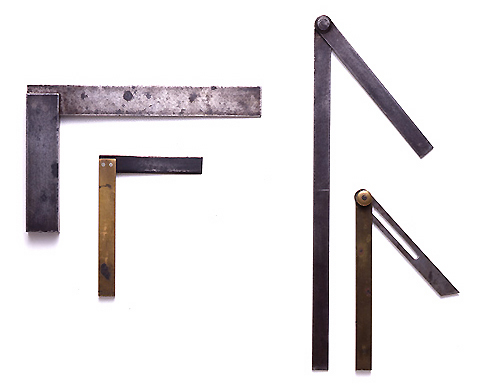
2 scores of scoya and 2 points of freedom from the left
It is mainly used to check the correctness of the plane. In particular, it is an indispensable Ruler to confirm the correctness of the lower end of the plane. For this purpose, it is necessary for the Ruler to keep the small ends perfectly horizontal. Therefore, by pairing two boards, rubbing both small ends with each other and watermarking them on the rays, it is possible to easily and accurately check the Ruler surface. The two pieces are superimposed by a dabo and can be removed. The material is often made of cypress straight-grained with little madness.
In the shape of one side of Ruler, the usage is similar to Ruler.
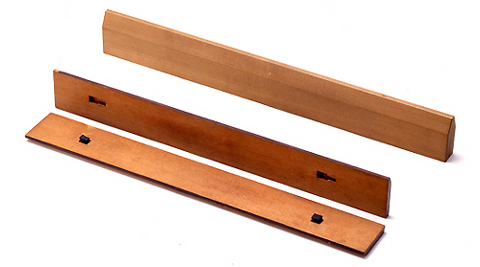
Ruler 2 points
The fastening ruler is a 45-degree diamond-shaped plate attached to a side of a 45-degree diamond-shaped plate so that the cross section is T-shaped, and it is used to draw a line at an angle of 45 degrees or apply a direct saw to cut the member to that angle. In the box-shaped Ruler, two rectangular plates are attached at right angles, and the usage is similar to the fastening ruler, with different angles. A combination of right angles and 45 degrees is called a box ruler. Like these Ruler, the thickness of the board is called Kiguchi Ruler, which is used to finish Kiguchi along a chisel. In the same way, there is a shaving platform as the Ruler used when applying a plane.
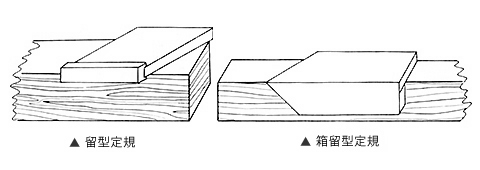
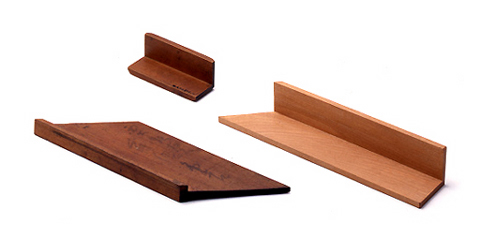
From the left: fastening ruler, box-shaped Ruler, box-shaped ruler
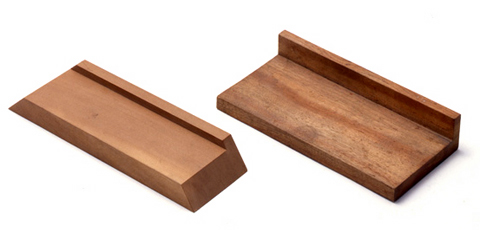
From the left: Ruler Kiguchi (retaining type) and Ruler Kiguchi (box type)
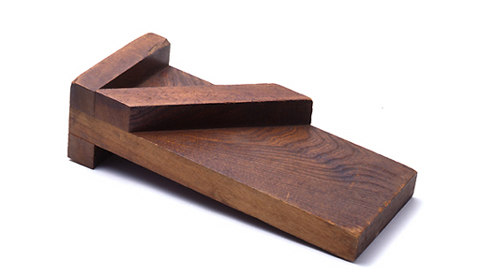
Shaving table
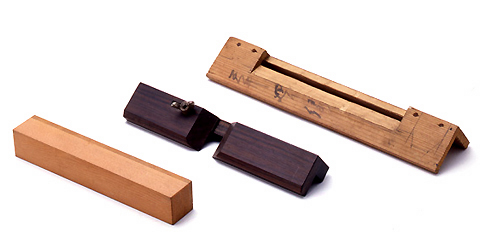
From the left: Ate Ruler and Ruler 2 points
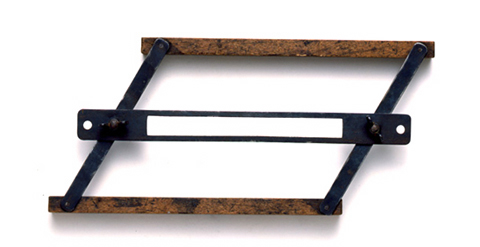
Ruler hozo hole
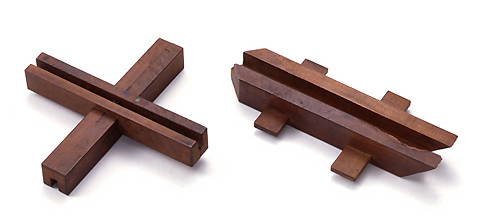
From the left, Kumite Ruler, Self-Resident Ruler
Special Exhibition
Permanent exhibition